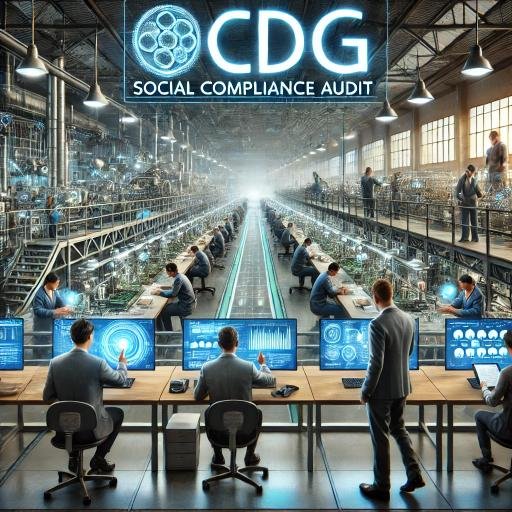Understanding the Key Differences Between Initial and Follow-Up Social Compliance Audits
Social compliance audits are an essential tool for ensuring that a company’s operations and supply chains adhere to ethical standards. These audits help identify and rectify issues related to labor practices, human rights, and environmental impact. However, the auditing process is typically not a one-time event. To ensure ongoing compliance and continuous improvement, companies often undergo both initial and follow-up audits.
At CDG, we provide comprehensive Social Compliance Audit services that include both initial and follow-up audits to help businesses maintain high ethical standards. In this blog post, we’ll explore the key differences between these two types of audits, highlighting their distinct roles in the overall compliance process.
Introduction: The Role of Audits in Social Compliance
Social compliance audits are designed to assess whether a company or its suppliers meet the required ethical and regulatory standards. These audits cover a wide range of areas, including labor rights, workplace safety, environmental practices, and business ethics.
While initial audits are crucial for establishing a baseline of compliance, follow-up audits are equally important for verifying that corrective actions have been implemented and that compliance is maintained over time. Understanding the differences between these two types of audits is key to effectively managing your company’s social compliance program.
1. Purpose and Focus
The primary difference between initial and follow-up audits lies in their purpose and focus.
1.1. Initial Audits
An initial audit is the first comprehensive assessment of a company’s compliance with social standards. The purpose of this audit is to establish a baseline understanding of the company’s current practices and to identify any areas of non-compliance.
- Baseline Assessment: Initial audits provide a detailed overview of the company’s operations, focusing on key areas such as labor practices, health and safety, environmental impact, and ethical sourcing.
- Identification of Non-Compliance: The main goal of the initial audit is to identify any issues that do not meet the required standards. These issues are documented, and recommendations for corrective actions are provided.
Example: A retail company might conduct an initial audit of a new supplier to assess their compliance with labor laws and environmental regulations. The audit might reveal areas where the supplier falls short, such as inadequate worker safety measures or improper waste management practices.
1.2. Follow-Up Audits
Follow-up audits are conducted after the initial audit to verify that the issues identified have been addressed and that the company has implemented the recommended corrective actions.
- Verification of Corrective Actions: The focus of a follow-up audit is to ensure that the company has taken the necessary steps to rectify the non-compliance issues identified during the initial audit. Auditors will review documentation, conduct interviews, and perform site inspections to confirm that corrective actions have been implemented.
- Monitoring Ongoing Compliance: Follow-up audits also serve to monitor the company’s ongoing compliance efforts, ensuring that standards are maintained over time and that new issues have not arisen.
Practical Tip: Schedule follow-up audits at appropriate intervals after the initial audit to ensure that corrective actions are implemented promptly and that compliance is maintained. The timing of these audits can vary depending on the severity of the issues identified and the complexity of the corrective actions required.
2. Scope and Depth of Evaluation
Another key difference between initial and follow-up audits is the scope and depth of the evaluation.
2.1. Initial Audits
Initial audits are broad in scope and comprehensive in nature. They cover all aspects of social compliance, providing a thorough assessment of the company’s overall compliance status.
- Comprehensive Coverage: During an initial audit, auditors will examine all relevant areas of the company’s operations, from labor practices and workplace safety to environmental impact and supply chain management.
- Detailed Documentation: The initial audit typically involves extensive documentation review, including policies, procedures, employee records, and supplier contracts. This thorough evaluation helps identify any gaps in compliance.
Example: During an initial audit, a manufacturing company might undergo a detailed review of its workplace safety protocols, including an assessment of equipment safety, emergency preparedness, and employee training programs.
2.2. Follow-Up Audits
Follow-up audits are more focused and targeted. Rather than re-evaluating every aspect of the company’s operations, follow-up audits concentrate on the specific areas where non-compliance was identified during the initial audit.
- Targeted Evaluation: The scope of a follow-up audit is typically narrower, focusing on the corrective actions that were implemented and any areas that required improvement. Auditors will specifically examine the areas flagged in the initial audit to ensure that compliance has been achieved.
- Efficiency: Because follow-up audits are more focused, they are often quicker to conduct than initial audits. This efficiency allows companies to verify compliance without the need for a full re-assessment of all operations.
Practical Tip: When preparing for a follow-up audit, ensure that all corrective actions have been thoroughly documented and that any supporting evidence is readily available for review. This preparation helps streamline the audit process and demonstrates your commitment to compliance.
3. Outcome and Reporting
The outcomes and reporting of initial and follow-up audits also differ, reflecting their distinct purposes.
3.1. Initial Audits
The outcome of an initial audit is a comprehensive report that outlines the company’s current compliance status, identifies areas of non-compliance, and provides recommendations for corrective actions.
- Detailed Audit Report: The initial audit report will include a summary of findings, detailed descriptions of any non-compliance issues, and specific recommendations for how to address these issues. This report serves as the foundation for the company’s corrective action plan.
- Corrective Action Plan: Based on the findings of the initial audit, the company will develop a corrective action plan that outlines the steps to be taken to achieve compliance. This plan should include timelines, responsibilities, and metrics for success.
Example: After an initial audit, a company might receive a report that identifies gaps in its employee training program. The report would recommend specific improvements, such as enhancing training materials or increasing the frequency of training sessions.
3.2. Follow-Up Audits
The outcome of a follow-up audit is typically a more concise report that verifies whether the corrective actions have been implemented and whether compliance has been achieved.
- Verification Report: The follow-up audit report will focus on the areas where non-compliance was previously identified, providing a clear assessment of whether the issues have been resolved. If further action is needed, the report will include additional recommendations.
- Continuous Improvement: Follow-up audits also provide an opportunity to assess the effectiveness of the corrective actions and to identify any new areas for improvement. This ongoing evaluation supports continuous improvement in the company’s social compliance efforts.
Practical Tip: Use the findings of follow-up audits to refine your compliance processes and to identify best practices that can be applied across the organization. This proactive approach helps ensure that compliance is maintained and that the company is continuously improving its operations.
The Complementary Roles of Initial and Follow-Up Audits
Initial and follow-up audits are both critical components of an effective social compliance program. While initial audits provide a baseline assessment and identify areas of non-compliance, follow-up audits verify that corrective actions have been implemented and that compliance is maintained over time. Together, these audits help companies achieve and sustain high ethical standards, protect their reputation, and meet the expectations of stakeholders.



